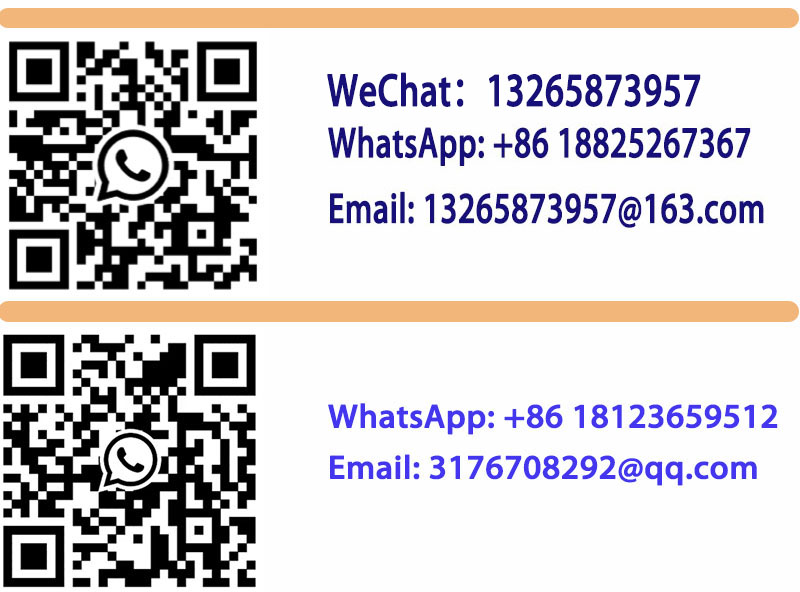Pull-rod sensor (also known as linear displacement sensor or linear displacement sensor) is a device used to measure the change of linear distance between objects. They are often used in industrial automation, robotics, mechanical engineering and other fields to detect and feedback position information. The working principle of pull-rod sensor can be different according to its internal structure and technical type, but it can usually be divided into the following categories:
Mechanical pull rod sensor: This type of sensor directly converts displacement to output signal through mechanical connection. A common example is a spring-loaded pull rod, which expands and contracts with displacement and changes the output value through a pointer or sliding resistor connected to it. Potentiometer-type pull rod sensor: A variable resistor (potentiometer) is used. When the pull rod moves, it will change the position of the contact point on the electric clothing strip, thus changing the resistance value. This changed resistance value can be converted into a voltage signal output, indicating the displacement. Magnetostrictive pull rod sensors: Using the characteristics of magnetostrictive materials, these sensors include a waveguide and a free-floating magnet. When external pulling force acts on the pull rod, the magnet moves along the waveguide, causing magnetostrictive effect, generating a time delay pulse that can be detected by electronic circuit, and then calculating the displacement.
Inductive pull rod sensor: It works on the principle of electromagnetic induction, and there is a primary wire and a secondary coil in it. When the pull rod drives the iron core to move, it changes the coupling degree between the two coils, resulting in the change of induced electromotive force, which is proportional to the displacement.
Optical pull rod sensor: Some advanced pull rod sensors may use optical encoders to accurately measure displacement. The light east is blocked or reflected, and the position is determined according to the received optical signal mode.
Each type of pull-rod sensor has its specific application scenarios and advantages, and which one to choose depends on the required accuracy, response speed, environmental conditions and cost.
Contact: JingPing Xie
Phone: +86-18123659512
E-mail: kaidc@kaidechang.com
Whatsapp:+86-18123659512
Add: Room 303, Longxin Building, No. 38, Nanlian Road, Nanlian Community, Longgang Street, Longgang District, Shenzhen, Guangdong, China
We chat
